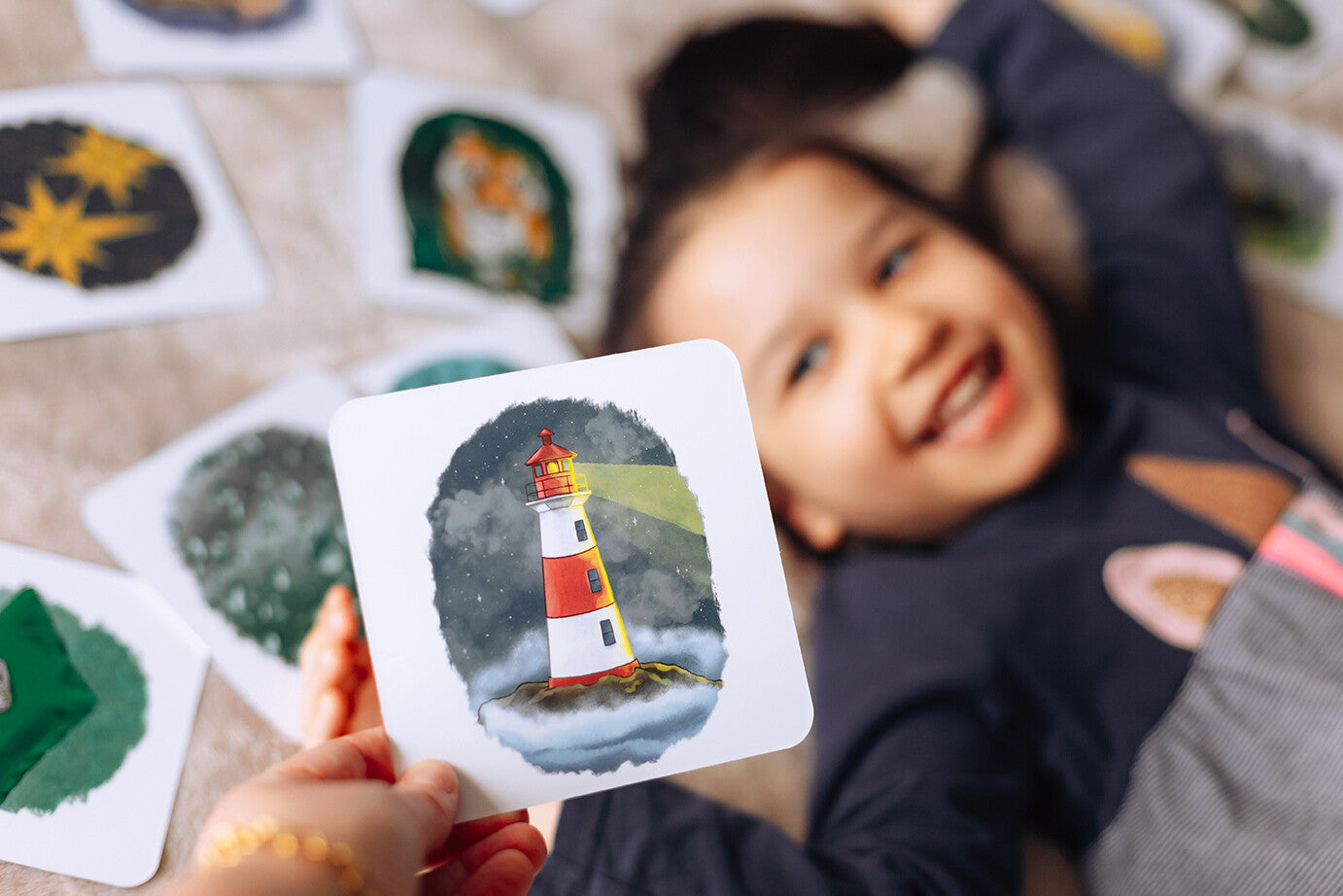What is Phonics?
Phonics is an established coding system, used for the English language when learning to read.
Phonics is an effective teaching approach for children learning to read and write. It enables children to apply a 'code' to the letters and groups of letters within words.
Assigning ‘sounds’ to letters and combinations of letters creates the code. This ‘code’ is applied to single letters such as: s,a,t,p and combinations of letters such as: sh, ch, th, ee.
Children apply the sounds they are learning to letters they see, this is called decoding ( reading). They can also apply letters to the sounds they hear, this is called encoding ( writing). Knowing the letter names in the alphabet does not help with learning to read but it will help with literacy skills later on in the journey.
Once children have a small bank of phonic knowledge, we teach them to ‘blend’ the sounds they know together to make short, familiar words such as sat, cat, sip, pin etc. These words are known as CVC ( consonant, vowel consonant) words and are the best words for a child to start their decoding journey. Our phonics cards contain many examples of CVC words you can use within games and activities.
When you first enter the world of phonics as a teacher new to Early Years or as a parent supporting the learning process, you will soon realise that there is a fair amount of jargon! Please don't get bogged down by this, the most important thing to do is to know how to pronounce the sounds 'purely', see the demonstration video below.
It is also important to note there are valuable pre-cursors to phonics which such as encouraging young children to listen for patterns in words they hear, rhyme, sounds in nature, alliteration, body percussion etc. Phonics starts way before we even think about letters and it's important to establish a good foundation. In the UK this is known as 'Phase One Phonics' and you can learn more here.

